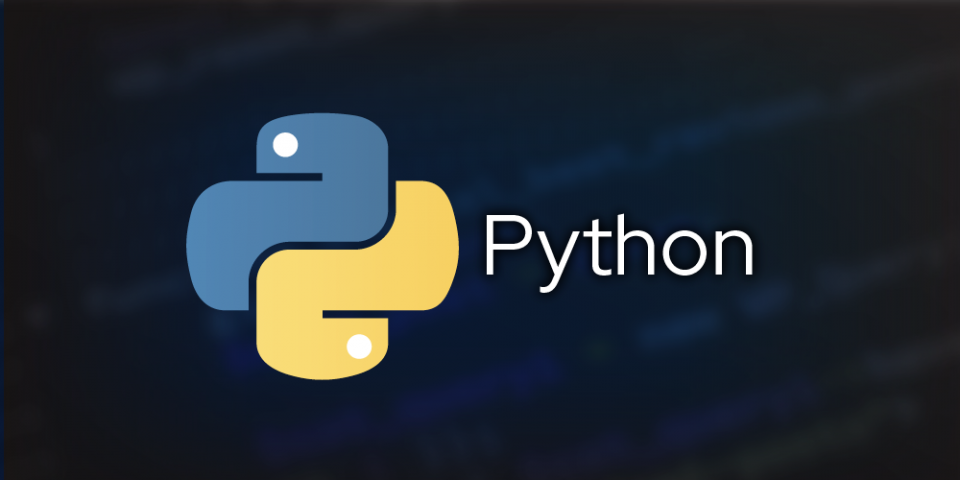
Learning Python is a fantastic choice for beginners and experienced developers alike. Python is a versatile and beginner-friendly programming language. Here’s a guideline to help you get started with Python:
1. **Installation:**
– Install Python on your computer. You can download the latest version of Python from the official website (https://www.python.org/). Python comes with an interactive shell (Python interpreter) that allows you to experiment with code snippets.
2. **Basic Syntax:**
– Familiarize yourself with Python’s simple and clean syntax. Learn about variables, data types, operators, and basic control flow statements like if-else, for loops, while loops, and more.
3. **Functions:**
– Understand how to define and call functions in Python. Functions are reusable blocks of code that help organize your program.
4. **Data Structures:**
– Explore Python’s built-in data structures like lists, tuples, sets, and dictionaries. Learn how to manipulate and work with these data structures.
5. **File I/O:**
– Learn how to read from and write to files in Python using file handling techniques.
6. **Modules and Packages:**
– Understand how to use modules and import external code into your Python programs. Learn about the Python Package Index (PyPI) and how to install third-party packages using `pip`.
7. **Object-Oriented Programming (OOP):**
– Learn about OOP concepts in Python, such as classes, objects, inheritance, and polymorphism.
8. **Exception Handling:**
– Explore Python’s exception handling mechanism to gracefully handle errors and exceptions in your code.
9. **Standard Library:**
– Familiarize yourself with Python’s extensive standard library, which provides many useful modules for tasks like string manipulation, file handling, web scraping, and more.
10. **List Comprehensions:**
– Learn about list comprehensions, a concise way to create lists in Python.
11. **Generators and Iterators:**
– Understand generators and iterators, which allow you to work with large datasets efficiently.
12. **Functional Programming:**
– Explore functional programming concepts in Python, such as lambda functions and the `map`, `filter`, and `reduce` functions.
13. **Python Libraries and Frameworks:**
– Explore popular Python libraries and frameworks, such as NumPy, Pandas, Django, Flask, Matplotlib, etc., based on your interests (e.g., data analysis, web development, etc.).
14. **Practice and Projects:**
– Practice coding regularly and work on projects to apply your knowledge and gain practical experience.
15. **Online Resources:**
– There are numerous online tutorials, documentation, and interactive platforms like Codecademy, Coursera, and freeCodeCamp that can help you learn Python.
16. **Community Involvement:**
– Join online Python communities and forums to ask questions, share knowledge, and collaborate with other developers.
Python’s readability and versatility make it an enjoyable language to work with. Whether you’re a beginner or an experienced programmer, Python offers something for everyone. So, get coding and have fun exploring the world of Python! Happy coding!